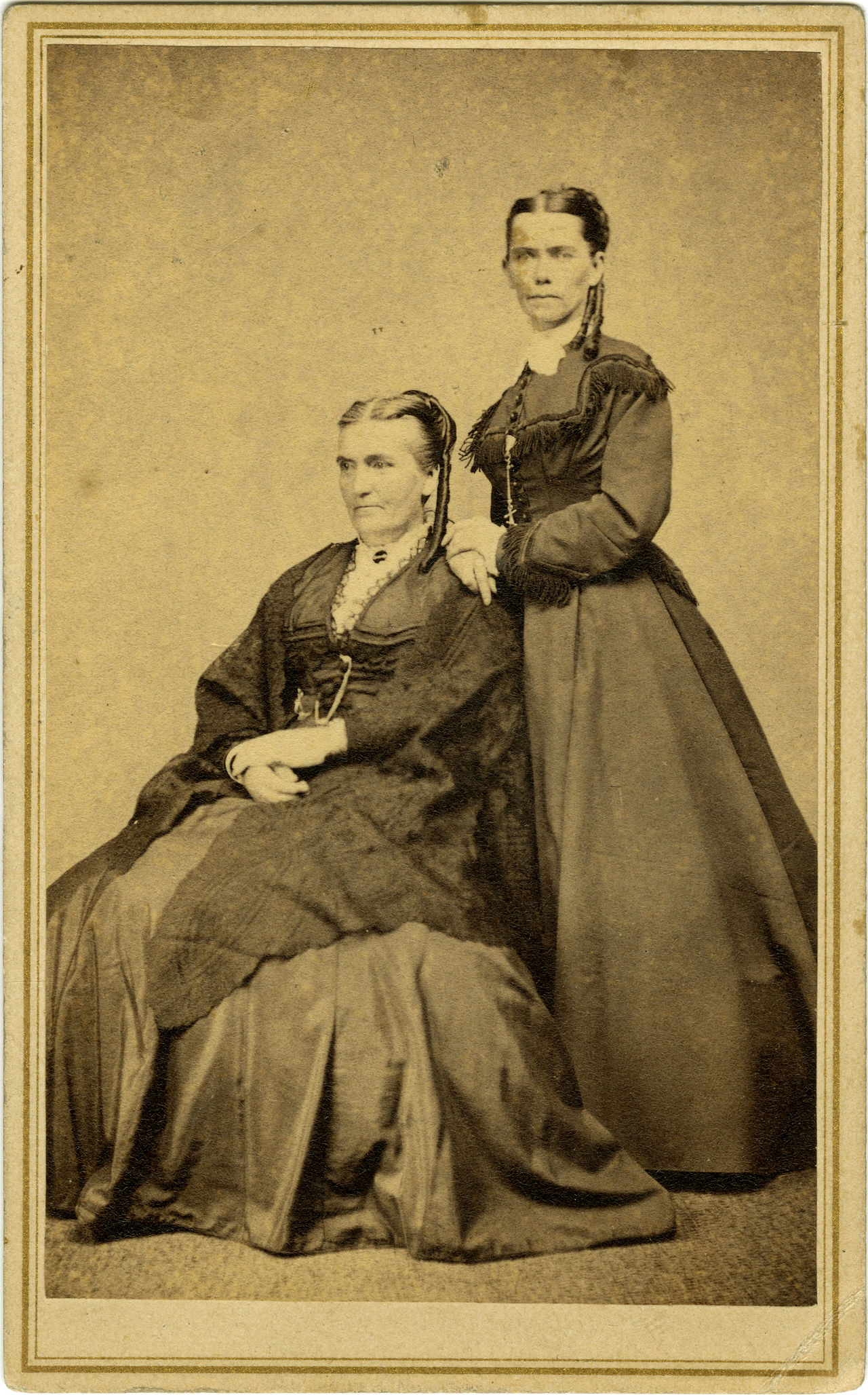Clark A. Pomerleau
White Settler Colonial Norms
Colonial Europeans established norms of marital reproduction and a sexual double standard within gender roles, which rendered what fell outside these two ideals unacceptable (Dayton, 1995). As they encountered nearly six hundred indigenous nations, the ways these societies constructed gender and allowed varied sexual practices challenged European essentialist beliefs. Europeans tended to believe their Christian God created two fixed genders through sex assignment, set gender-divided duties, and made reproduction the purpose of sex. Sex acts outside of reproduction were signs of sin rather than any fixed identity. Yet, European and later American records give evidence that over 130 tribes recognized some individuals as women whom Europeans considered male and/or acknowledged some persons as men whom Europeans sexed female (Roscoe, 1991, p. 5). Spaniard Pedro Fages, for example, reported from his 1770 California expedition: “I have submitted substantial evidence that those Indian men [sic] who, both here and farther inland, are observed in the dress, clothing and character of women—there being two or three such in each village—pass as sodomites [sic] by profession. … They are called joyas, and are held in great esteem” (Fages, 1937). Colonizers’ descriptions forced what later became known as two-spirit people into inadequate western models like calling the joyas “men” and “sodomites” (Jacobs et al, 1997, p.4; Lang, 1998, p. xiii). White settlers gradually amassed power through irregular warfare to impose their norms, with the direct impact of murdering and dispossessing civilians and indirect effect of “queering” indigenous genders by labelling variation sinful, criminal, and subject to punishment (Dunbar-Ortiz, 2014, pp. 57-60, 81-100, 108-110, 136-139, 144-151; Trexler, 1995, pp. 155-167; Jagose, 1996).
Consolidation of English power included writing white supremacy into Virginia law. By the 1690s colonialists divided people into “white,” “negro,” “mulatto,” and “Indian” and decreed enslaved status heritable through the mother. Many colonies developed laws against interracial relationships. Judicial systems prosecuted enslaved blacks, free blacks, and sometimes poor whites but not plantation owners, ensuring that slaveholders’ power included the ability to rape without legal consequences (Cleves, 2014; Hartman, 1997; Hening, 1969; Hodes, 1999; Hodes, 1997). Meanwhile, church and colonial laws drew on the dominant universalizing view that sexuality was behavior (not majority and minority identities) to write statutes that oral or anal sex (sodomy) were “unnatural” sins and crimes (Sedgwick, 1990).
An English servant’s case illustrates class-based community policing of gender and sex. Thomasine Hall lived as a girl, woman, and man before migrating to Virginia in 1627 as a male indentured servant, Thomas. There Hall’s sewing skills and sporadic dress in women’s clothes led neighbor women to question Hall’s gender. They physically examined Hall three times. Amid rumors Hall fornicated with a serving woman, the General Court assessed Hall’s gender. Examiners declared Hall had male genitalia, to which the court recorded Hall’s response as “hee had not the use of the mans parte” and “I have a peece of an hole [vulva].” After townswomen refused the official ruling that Hall was female, the court decreed Hall must wear a combination of men’s and women’s clothing. We will never know whether Hall was intersex and/or what to call Hall’s sexual desire. Evidence suggests that like other colonists, Hall enjoyed sex for pleasure outside of marriage. Anglo society was more bothered by fluidity than hybridity in wanting to fix Hall in place as both woman and man (Brown, 1995; Norton, 2016).
Gender, racial, and class hierarchies established by the eighteenth century all helped to shape twentieth-century LGBTQ organizing, but first people had to start forming communities.

Frances Shimer and Cindarella Gregory, co-founders of Shimer College. An example of a romantic friendship.
“Passionless” Women, Romantic Friendships, and Vanguard Communities
From the American Revolution through the Civil War, defining sex as acts rather than identity continued. New gender norms, however, affected attitudes toward same-gender attraction. Late eighteenth-century Americans rejected a colonial view of women as particularly sexual. Instead, in the late 1700s society considered Protestant, middle-class women less lustful and more spiritually moral than men. Idealizing women as passionless and sexually self-controlled compared to men’s “natural” sex drive constrained women’s public (though not private) behavior. Women reformers, whose organizing started in churches, asserted that society needed women’s input based on their Christian virtues (Cott, 1978; Lystra, 1989). Perception that women and men’s temperaments and desires were distinctly different facilitated wide acceptance of emotionally intense same-gender relationships alongside traditional marriage (Hansen, 1995; Smith-Rosenberg, 1975). Occasionally, women who could support themselves lived together in “Boston marriages.” Contemporaries were more likely to attribute a sexual component to “romantic friendships” like poet Walt Whitman’s with Peter Doyle than women’s relationships due to society’s continued belief that a penis was necessary for sex (Murray, 1994).
Industrialization through the 1800s also played a role in forming communities by sexual orientation. As industries spread, more people migrated to larger urban centers for factory and related jobs and into places for raw production that had extreme gender imbalances. Despite the prevalent view that same-sex affection was behavior anyone might show rather than an identity, communities based on same-sex attraction formed. By the late 1800s, New York developed a subculture with identity terms like “fairy” for effeminate working-class men and “queer” for gender normative men who loved men (Chauncey, 1994, pp. 13-14, 33-45). New Orleans was another hub. An array of woman-woman relationships existed, usually divided by class and race. Lesbians sometimes patronized bars, dance halls, and other public spaces where queer men congregated the early 1900s (Coyle and Van Dyke, 1997). Police from L.A. to N.Y. might arrest women wearing pants and short hair on charges of “masquerading” (Faderman and Timmons, 2006, pp. 23-24). Same-sex relationships also occurred among men doing the physical labor that produced resources for industrial production—mining in California, Pacific Northwest logging, Seattle dock work and railroad labor transporting goods—despite anti-sodomy laws that penalized these behaviors (Atkins, 2003, p. 16; Boag, 2003; Boyd, 2003; Johnson, 2000).
